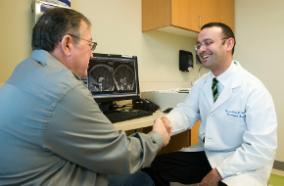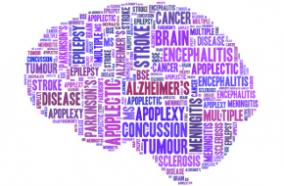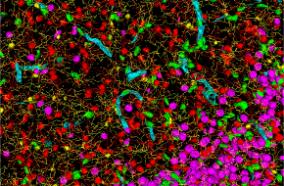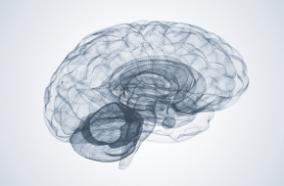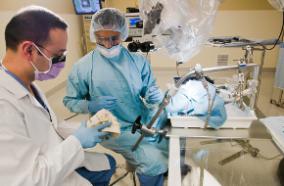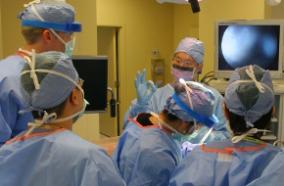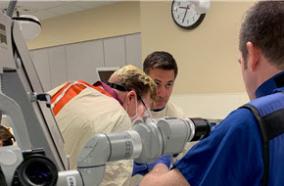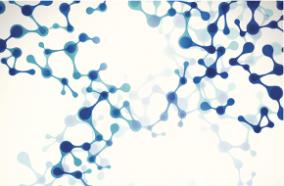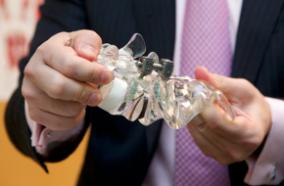Related Articles
An Integrative Model of Cellular States, Plasticity, and Genetics for Glioblastoma.
Cell. 2019 08 08;178(4):835-849.e21
Authors: Neftel C, Laffy J, Filbin MG, Hara T, Shore ME, Rahme GJ, Richman AR, Silverbush D, Shaw ML, Hebert CM, Dewitt J, Gritsch S, Perez EM, Gonzalez Castro LN, Lan X, Druck N, Rodman C, Dionne D, Kaplan A, Bertalan MS, Small J, Pelton K, Becker S, Bonal D, Nguyen QD, Servis RL, Fung JM, Mylvaganam R, Mayr L, Gojo J, Haberler C, Geyeregger R, Czech T, Slavc I, Nahed BV, Curry WT, Carter BS, Wakimoto H, Brastianos PK, Batchelor TT, Stemmer-Rachamimov A, Martinez-Lage M, Frosch MP, Stamenkovic I, Riggi N, Rheinbay E, Monje M, Rozenblatt-Rosen O, Cahill DP, Patel AP, Hunter T, Verma IM, Ligon KL, Louis DN, Regev A, Bernstein BE, Tirosh I, Suvà ML
Abstract
Diverse genetic, epigenetic, and developmental programs drive glioblastoma, an incurable and poorly understood tumor, but their precise characterization remains challenging. Here, we use an integrative approach spanning single-cell RNA-sequencing of 28 tumors, bulk genetic and expression analysis of 401 specimens from the The Cancer Genome Atlas (TCGA), functional approaches, and single-cell lineage tracing to derive a unified model of cellular states and genetic diversity in glioblastoma. We find that malignant cells in glioblastoma exist in four main cellular states that recapitulate distinct neural cell types, are influenced by the tumor microenvironment, and exhibit plasticity. The relative frequency of cells in each state varies between glioblastoma samples and is influenced by copy number amplifications of the CDK4, EGFR, and PDGFRA loci and by mutations in the NF1 locus, which each favor a defined state. Our work provides a blueprint for glioblastoma, integrating the malignant cell programs, their plasticity, and their modulation by genetic drivers.
PMID: 31327527 [PubMed - indexed for MEDLINE]

